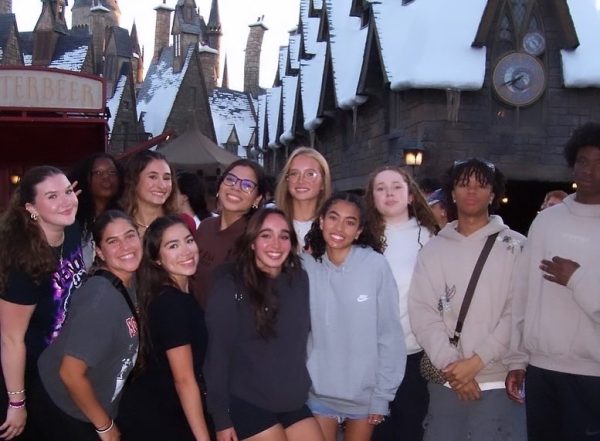A Closer Look at Charter’s Journey with Underrepresentation
March 13, 2023
In a school filled with people of all races, ethnicities, and an assortment of cultures, how can a student still feel so alone?
In light of Pines Charter’s recent cultural events celebrating holidays such as World Hijab Day, Black History Month, Mardi Gras, and much more, curiosities about our school’s true diversity arise—specifically those that come as a result of an ever-mixing school community.
There is a reason the U.S. is referred to as a melting pot, as the country becomes the home of more and more heritages, languages, and traditions every single day. With more diversity comes more opportunity to undermine its importance, and thus, many schools experience a resulting struggle with underrepresentation. PPCHS knows this firsthand.
The Jaguars pride themselves in having such a colorful array of people, with U.S. News reporting a student population made up of 46.6% Hispanic students, 21.2% White students, 21.2% Black students, 7.9% Asian students, 0.5% American Indian/Alaska Native students, and 0.2% Native Hawaiian/Pacific Islander students. Cultural appreciation by these kids is channeled through the creation of various culture-related clubs like the Asian Pacific Islander Association, Black Student Union, and the Indian Student Association, to name a few.
Within these clubs, however, holds a different story.
A major contribution to underrepresentation is the lack of diversity amongst teachers. As a matter of fact, only 20% of teachers across the U.S. come from minority backgrounds (American University School of Education). Charter’s Muslim Student Association (MSA) is directly impacted by this as their sponsor, Mrs.Carrasco, took on club responsibilities—as no one else would—despite not identifying as Muslim. “It’s not that I was forced to say yes [to sponsoring MSA], I was happy to say yes… because I have a friend of mine who’s Muslim,” she explains. “I think that there should be…a little bit more enthusiasm in the school in reference to that club, and they’re really trying to do the best they can to… be understood. It’s a group of people that are not being understood because of all the stereotyping.”
With the successful Hijab-A-Thon this past March 8, MSA triumphs over underrepresentation. The club’s president, senior Asra Khan, even turned the struggle into an advantage. “Having someone who’s not even Muslim and still be so passionate about an MSA, that encourages a lot of non-Muslim students to join the club,” she says admiringly. “It was the best thing that could’ve ever happened, having Ms.Carrasco as a sponsor.”
The same situation applies to Charter’s Indian Student Association (ISA), where Ms.Annis (who doesn’t have Indian roots) uses her role as club sponsor to appreciate Indian culture up close. Essentially, ISA’s board learns leadership skills from Ms.Annis, while Ms.Annis gains new cultural insight from the board. Junior Devadarshini Dhandapani, Vice President of ISA, strongly affirms that while, “The student may feel like there isn’t a teacher that they can see themselves in and feel like they are not represented,” ISA’s lack of “a non-Indian sponsor has never been a problem or a hindrance for the club. Ms. Annis… has always been supportive and willing to learn about the culture… we get another point of view when planning events or creating ideas for the club.”
Luckily enough for the majority of other cultural clubs at PPCHS, the same obstacle doesn’t exist; most are headed by sponsors who identify with the heritage their respective clubs represent. This includes the Jewish Student Union, Spanish Honor Society, and even Asian Pacific Islander Association (APIA).
Still, the presence of these clubs alone isn’t enough to prove proper representation.
Utmost representation exists when cultural clubs reach out to students to their fullest extent. Through club meetings, informational sessions, events and fundraisers, and much more, any type of organization can be considered truly “active”. In their “10 Sure-Fire Steps to a Successful Club,” The United Kennel Club even declares that successful organizations “hold interesting meetings” and “consider holding special activities in conjunction with club meetings.”
Although APIA was founded this school year, which speaks volumes for the relatively small number of (Southeast) Asians at PPCHS, the association’s shortage of meetings seemingly discourage some of its members. One involved student is junior Orion Taleon, who expresses, “Honestly, I feel like the lack of activity/action in the club prevents, for lack of better words, a flourishing of Asian culture at PPCHS,” in reaction to APIA’s total of three meetings throughout the entire year. Nonetheless, the majority of members believe that the revival of the club is enough of a milestone in itself.
When it comes to the largest group of people within the considered minorities (those of Hispanic and Latin American descent), however, how much of a chance do they get to flourish?
Despite the abundance of Hispanic and Latino students and staff at Charter, the only school organization to represent these people is Spanish Honor Society (SHS). Without the usual Spanish club (or something more general), students must apply to get into the society, and then are required to obtain a certain amount of hours just to stay in. While SHS is said to have prestige, some students wish they could reap such benefits without going through a more rigorous process. Freshman Brianna Albuernes, for one, likes the idea of a Hispanic/Latino club made just for fun rather than for the honor or the title of being its member. “If there was maybe a Hispanic club, that would be something super cool… instead of an honor society, and having to worry more about academics,” she voices. “I know nothing about countries like Paraguay and Bolivia. I don’t know what type of food they eat. I don’t know what their school system, government, or traditional dance is like. I don’t know… just the essence of their culture. So having a Spanish club like that, would just be a cool place where people can share that.”
With school populations within the U.S. growing more diverse, the revival and creation of more cultural clubs here at PPCHS continue to hold such high significance. What these clubs choose to do with their importance holds the same weight—will they flourish over underrepresentation?
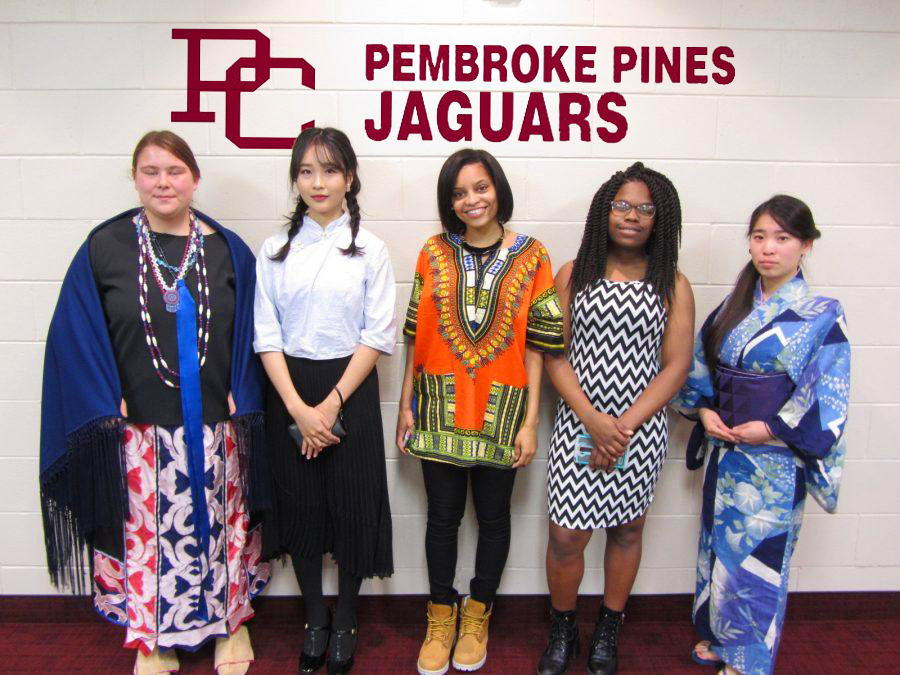
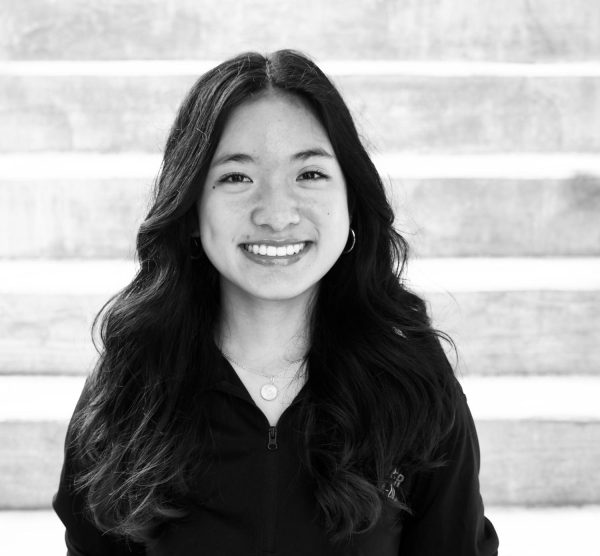
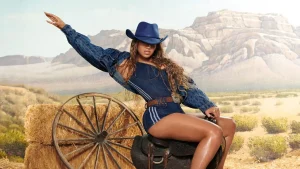
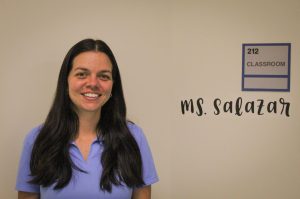
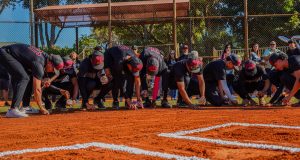
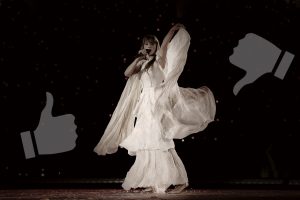
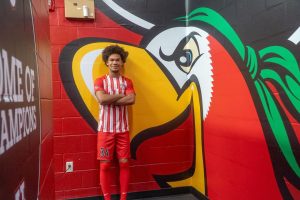


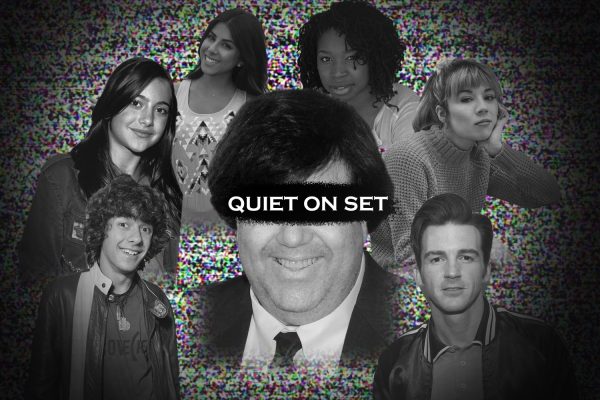
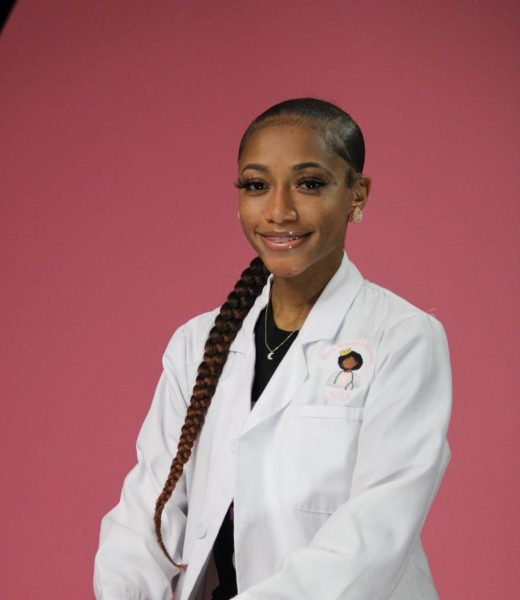
![[Gallery] Softball Senior Night was a Grand Slam](https://ppchsnews.com/wp-content/uploads/2024/04/COVER-7-600x400.jpg)
